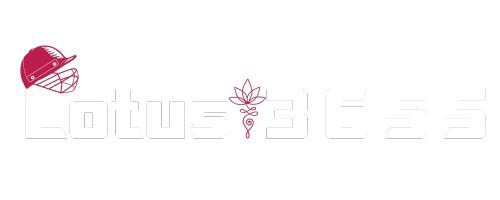The Rise of Digital Art Platforms
Lotus365, Lotus 365: One notable platform making waves in the digital art realm is Lotus365. Offering artists a cutting-edge marketplace to showcase and sell their creations, Lotus365 provides a seamless experience for both creators and collectors. With its user-friendly interface and wide range of functionalities, Lotus365 is empowering artists to reach a global audience like never before.
In the rapidly evolving landscape of digital art platforms, Lotus 365 stands out for its commitment to innovation and creativity. By harnessing the power of technology, Lotus 365 is revolutionizing how art is created, shared, and appreciated. As artists continue to embrace the digital medium, platforms like Lotus 365 are paving the way for a new era in the art world.
Understanding Blockchain Technology in Art
Digital art has significantly evolved with the integration of blockchain technology, offering new possibilities and opportunities for artists and collectors alike. Blockchain technology ensures verifiable ownership and provenance through its decentralized ledger system. One of the platforms leading this movement is Lotus365, which provides artists with a secure and transparent way to authenticate and sell their digital artworks.
Through the use of blockchain technology, Lotus 365 enables artists to create unique digital assets known as non-fungible tokens (NFTs). These tokens are indivisible and cannot be replicated, providing a sense of authenticity and scarcity in the digital art world. By leveraging blockchain, Lotus 365 allows artists to establish a direct connection with collectors, streamlining the buying and selling process while ensuring immutable ownership records.
The Impact of NFTs on Traditional Art Markets
NFTs have swiftly emerged as a disruptive force within the traditional art markets, challenging established norms and redefining ownership in the digital realm. Platforms like Lotus 365 are at the forefront of this revolution, offering artists a novel way to tokenize their creations and connect with a new breed of collectors driven by digital scarcity and provenance.
As collectors and investors increasingly gravitate towards NFTs, traditional art markets are confronted with a paradigm shift that demands adaptability and innovation. The immutable and transparent nature of blockchain technology underpinning NFTs, exemplified by platforms such as Lotus 365, not only ensures authenticity but also revolutionizes the way art is bought, sold, and valued.
• The rise of NFTs has challenged established norms in traditional art markets
• Platforms like Lotus 365 offer artists a new way to tokenize their creations
• NFTs connect artists with collectors driven by digital scarcity and provenance
• Traditional art markets must adapt to the paradigm shift brought about by NFTs
• Blockchain technology ensures authenticity and revolutionizes how art is bought, sold, and valued
What is Lotus365?
Lotus365 is a digital art platform that specializes in non-fungible tokens (NFTs) for artists to showcase and sell their work.
How does Lotus365 utilize blockchain technology in art?
Lotus365 uses blockchain technology to create NFTs, which are unique digital assets that are stored securely on the blockchain and provide proof of ownership for digital artwork.
What impact have NFTs had on traditional art markets?
NFTs have disrupted traditional art markets by providing a new way for artists to monetize their digital creations, bypassing the need for galleries or art dealers. This has led to a democratization of the art world and increased opportunities for artists to reach a global audience.





